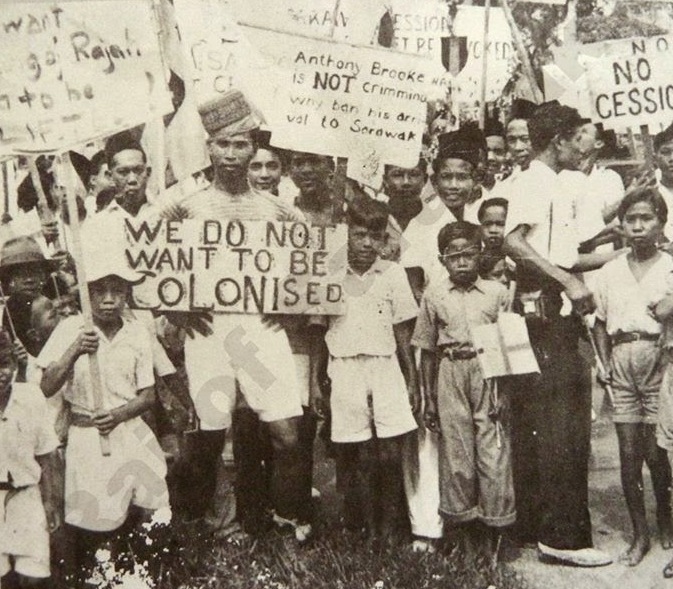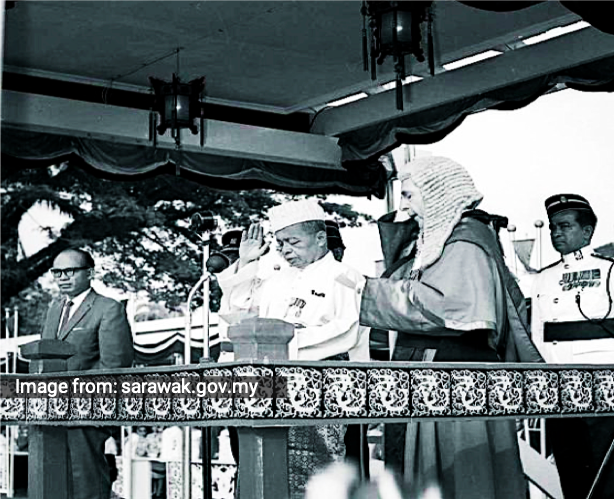
Sarawak had a long-standing relationship with the Brookes family, but that all changed when they were given up. After scuffles and wars, Sarawak still stands with its indigenous people after its independence.
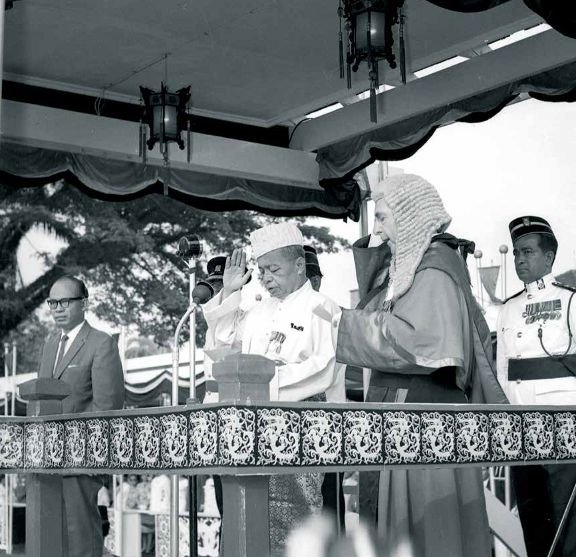
Sarawak’s history isn’t overly complicated or cruel, but it’s filled with assassinations, and government and familial drama.
The involvement of the Brooke family played a significant part in developing Sarawak as a whole. Though contradicting stories were told about both sides of the coin, their involvement in its history is undeniable.
An assassination caused the Sultanate Sarawak
In the 16th century, most of Sarawak and Sabah were loosely governed by the Bruneian Sultanate. The Bruneians controlled most of the coastal areas but it was overrun by pirates. While the natives, located themselves inward into the forest, avoiding the influence of the Sultanate.
During that period, tribal wars and disputes were also a common occurrence, as each tribe planned to expand their territory and influence everywhere by absorbing or annihilating other tribes.

The early 18th century experienced civil unrest, even more so when the Sultanate increased taxes in Sarawak. To solve the many problems, British sailor James Brooke was requested to help out with a solution. Suppressed piracy he did, and in return James Brooke was appointed to rule Sarawak as a governor in 1842.
James Brooke’s rule gradually became undesirable because his approach and governance were pro-British. This was further sealed when Pengiran Muda Hasim, an unfavoured person of the Bruneians, was appointed into the Brunei Court.
Bruneians planned and carried out the assassination of Hasim, which led to James Brooke retaliating with an attack on the Sultanate. The Bruneians were defeated, sent an apology letter to Queen Victoria, and solidified James Brookes rule over Sarawak.
In 1846, James Brooke was coined the Rajah of Sarawak and initiated the White Rajah Dynasty of Sarawak.
Growing hatred for White Rajah
The White Rajah were the names for the white rulers of Sarawak, as they continued their expansion of Sarawak northbound, reaching as far out until modern day Lawas.
James Brooke retired to England and died of a stroke, but was succeeded by his cousin’s descendant, and then his sons and so on, because James couldn’t a child after sustaining an injury from war.
What followed was more than a century of the White Rajah’s rule, 1841 to 1946 to be exact. In between, Sarawak was issued its own currency, the Sarawak Dollar, and became recognized as an independent state by the UK and US.
The Brookes established councils with the locals for advice, and even welcomed Chinese immigrants and merchants to plant their roots there. Despite its growing development, the people of Sarawak still saw the Brookes as colonists.
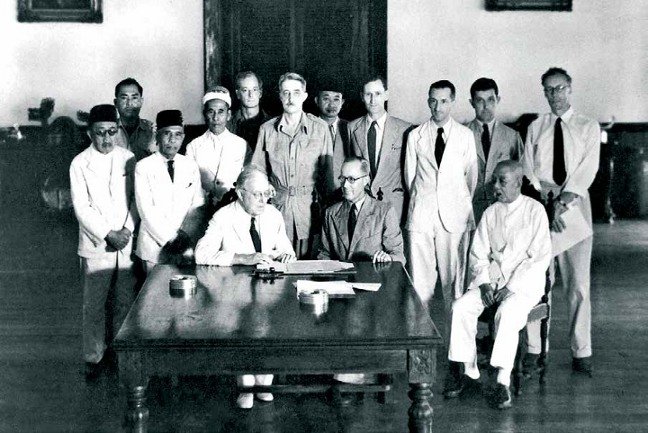
The Brookes faced various rebellions over the course of their rule.
The most prominent one happened in 1857, when a group of Bau Chinese miners rampaged after disagreement about opium and gold trade, causing the destruction of the Brooke house. Another side of the story pointed out that the Brookes actually sought to monopolize the sales, hence waged war and annihilated the miners in 2 months.
Whichever the case, the Brookes won the battle and their rule resumed. To ensure their safety, they’ve built Fort Margherita, which is still standing. Despite mocked as colonist, the White Rajah’s no doubt aided Sarawak’s development across the years.
British sabotages in vain when Japanese arrive
In 1941, the Brookes decided to allow the people of Sarawak more power over their own governance, limiting the power of the White Rajahs and eventually ceding Sarawak to its own people.
But this was interrupted when the Japanese struck Sarawak. The British themselves retreated to safety in Australia, but not before they launched operation “scorched earth“, a military strategy that aims to destroy important or useful resources before enemy invasion and retreat.
Airstrips were dismantled and destroyed to prevent Japanese planes from landing, and oil installations and wells were buried.
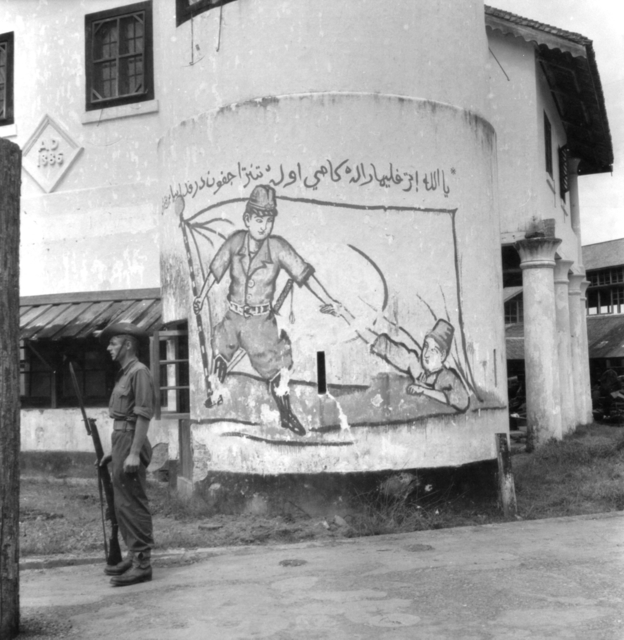
But the Japanese had already planned its invasion years earlier. Before their invasion, it’s told that Japanese spies were placed in various parts of Borneo as traders or even painters to document British proceedings and raw material trade, due to their need for oil to rule over the Pacific Region.
The Japanese sought to rebuild the oil industry and most of Sarawak’s administration and governance were altered to their desire. Despite the takeover, minimal violent events were recorded during the occupation.
The Malays accepted the Japanese rule without resistance, while the Chinese simply retreated into the forest to evade them. Meanwhile, the indigenous tribes resisted and loathed the Japanese, due to compulsory labour and food shortages.
Allied Forces, majority Australians, covertly approached the shores of Borneo and clashed out with casualties from both sides. But it was halted when the Japanese surrendered, hence concluding the war on September 1945.
Sarawak would kill to be free
After the war, the Brookes returned but did not have enough financial resources to rebuild Sarawak. On top of that, Charles Vyner Brooke, current leader of the Brookes, didn’t want to hand over sovereignty to his nephew. Thus, they’d discussed for a cession from the Brookes to the British Crown Colony.
While European officers supported the notion, the people of Sarawak did not. A bill was passed, but protest and anti-cession movements were held. Eventually, an assassination was carried out on colonial governor of Sir Duncan Stewart.
In the end, Sarawak ended up under the wing of the Crown Colony in 1946. Further protest and retaliation were quickly extinguished by the new ruling colonial government.
In 1961, Tunku Abdul Rahman proposed to combine Malaya, Singapore, Sarawak, Sabah, and Brunei. Sarawak was sceptical about the merger, citing an imbalanced socioeconomic development. Hence, they created the Cobbold Commission to conduct census and the 18-point memorandum to safeguard their position.
On 22 July 1963, Sarawak officially gained independence and became a self-governed state. Although they celebrate Merdeka Day with fellow peninsular Malaysians too, there was a whole other controversy of it with East Malaysia, hence they celebrate their own independence till present.
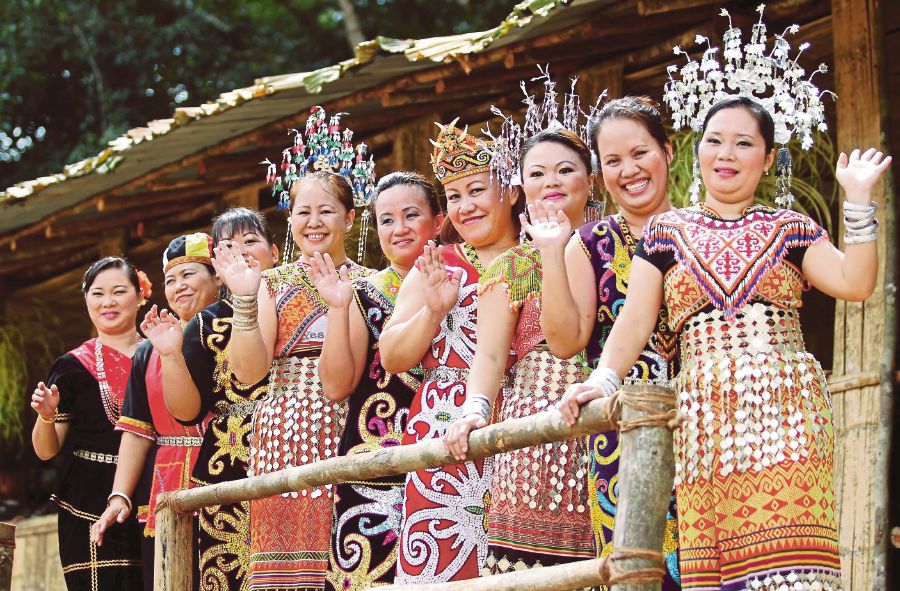
It seems as though the people of Sarawak has an identity of its own, one filled with strong pride over their unique culture and upbringing. But their history has undoubtedly shaped Sarawak into a more accepting, multicultural society.


